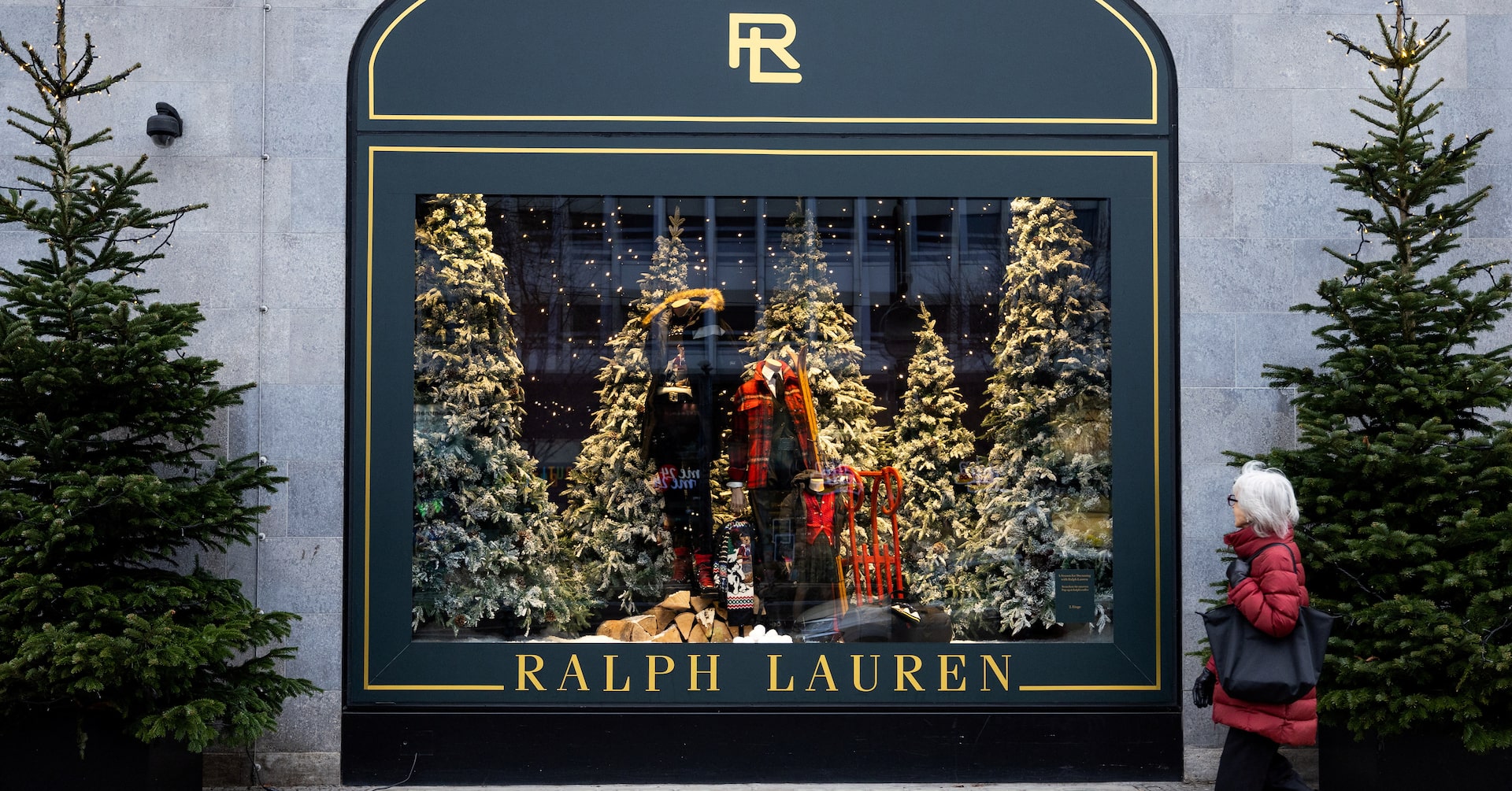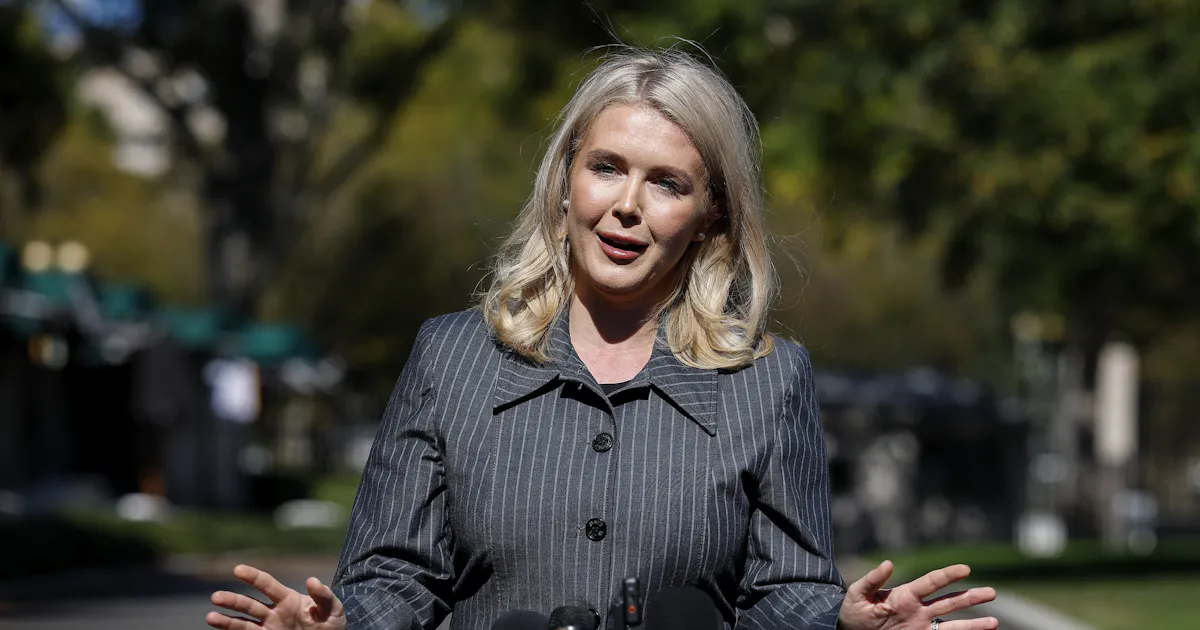Copyright Reuters

NEW YORK, Oct 21 (Reuters Breakingviews) - Ralph Lauren (RL.N), opens new tab is a rare breed in China. The polo-horsed fashion brand that unabashedly drapes itself in the American flag plans to race faster and further into the Asian behemoth even as other U.S. companies stumble there. The pitfalls are many, however, including trying to harness exaggerated assessments of the giant market. The siren call of China's estimated 900 million consumers has tempted many starry-eyed chief executives. It figures prominently in Ralph Lauren's latest strategy, unveiled during a glossy New York presentation last month. The company nearly doubled revenue in the country over the past three years after growing its shop count to 250 from 150. Chief Executive Patrice Louvet now forecasts low double-digit revenue growth over the next three years, faster than the mid-single-digit rate expected overall. Sign up here. What makes the optimism possible, and even plausible, is that Ralph Lauren is still pretty small in the People's Republic, where it recently opened a flagship store in Chengdu, the capital of the Sichuan province. China represents about 8% of sales, putting its expansion estimates within reach. It probably will be a while before the hawker of $700 cashmere dresses and twill pants runs into any brand-specific impediments to growth. Western companies routinely ride the promise of Chinese shoppers. The country is on track to have 400 million middle-class households by 2030, approximately as many as the United States and Europe combined, consultancy McKinsey estimates. Vendors there sold some $7 trillion of retail goods last year, 7% more than in 2023, according to the Hong Kong Trade Development Council, and 40% more than the U.S. tally as counted by the National Retail Federation. Chinese consumers also tend to favor the sorts of upscale items Ralph Lauren produces. This tempting total addressable market often winds up vexing those seduced by it. China's weakening domestic economy, linked to the downturn of its property market, and a punishing trade war add proximate concerns. Local competitors also increasingly challenge established foreigners. Take Starbucks (SBUX.O), opens new tab, for example. It has spent more than a quarter century since it set up shop in Beijing pinning prospects on serving pork-flavored and olive-oil-infused lemon cream lattes alongside more traditional fare in China. Its store count swelled from about 200 in 2005 to nearly 7,600 last year, but its market share has halved since peaking at 42% in 2017, per Bernstein analysts and Euromonitor data. Homegrown chains such as Luckin Coffee, resurgent after an accounting scandal tipped it into bankruptcy in 2021, sell cheaper java from smaller locations, eating into the Seattle brewer's stronghold. Starbucks is now in full retreat, seeking to sell a stake in its operations, following the path of McDonald's (MCD.N), opens new tab and others before it. Nike (NKE.N), opens new tab has also taken a big step backwards. It pushed too far into lifestyle apparel, neglected its core group of runners and athletes, and failed to sufficiently refresh sneaker styles. Revenue in China tumbled 13% for the year ending in May. Its operating margin tumbled to 24% from 36% in 2017. Even though the Swoosh debuted in the People's Republic four decades ago, Nike has been tripped up by local politics. Customers boycotted its products in 2021 after the company said it would not source cotton from the Xinjiang region amid an international backlash over alleged forced labor. In June, Chief Executive Elliott Hill set expectations for investors, saying a full recovery in China "will take time." Other U.S. products have experienced slowdowns, too. Cosmetics company Estee Lauder (EL.N), opens new tab last year yanked its financial forecasts and slashed its dividend because of questions about its business in China, which represents a quarter of total revenue. Apple (AAPL.O), opens new tab sales in the country dropped 8% in 2024 while growing 3% in North and South America. Foldable and cheaper handsets from Huawei, Xiaomi (1810.HK), opens new tab and Vivo are making it harder to sell iPhones. It’s more remarkable that Ralph Lauren, once described as “American as Coca-Cola” by fellow fashionista Diane von Furstenberg, has bucked the trend in China. It has done so by leaning into the origin story of its namesake octogenarian founder. Ralph Lauren, nee Ralph Lifshitz, started by selling handmade ties before building a clothing and lifestyle empire designed to evoke the American dream of a better life. During September’s presentation, a giant picture of Lauren, outfitted in a sweater emblazoned with the U.S. flag, loomed over investors in attendance. The company is sticking to this story overseas, despite growing frustration and resentment of the U.S. brand itself as the Trump administration roils international trade and razes the foundations of globalization. “Very Ralph,” a documentary film about Lauren, debuted in Shanghai with great fanfare. Synchronized drones displayed the Polo logo over The Bund and the company recreated a Hamptons fashion show featuring “Asia-Pacific luminaries.” Other labels are trying to muscle into China, too. Lululemon (LULU.O), opens new tab and Tapestry (TPR.N), opens new tab have found some success. The problem will be sustaining the momentum. Ralph Lauren knows the dangers all too well. It opened its first store there in 1994 in partnership with a Chinese licensing agent that turned out to be a complete misfit. Overexpansion and discount pricing hurt sales and the company took back its operations to embark on an arduous cleanup. Since Louvet left Procter & Gamble (PG.N), opens new tab to join Ralph Lauren eight years ago, the company has generated an annual shareholder return of 23%, outpacing France’s LVMH (LVMH.PA), opens new tab and the S&P 500 Index (.SPX), opens new tab. Its average unit revenue, an important metric to discern pricing power, increased 14% in the quarter ending in June from a year earlier, per TD Cowen analysts. Moreover, China provides a 50% to 60% premium over North American merchandise. Ralph Lauren eventually will be saddled with similar problems that other Western companies usually face. Chinese consumer spending is slowing. It's also easy to lose an edge: Anheuser-Busch InBev's (ABI.BR), opens new tab sales have declined despite Budweiser's fancier image in the country. Retaliatory import and export duties could eat away at profitability. The next cultural misstep is a social-media post away. For now, Ralph Lauren is galloping on the back of its prospects in Asia. The shares trade at 26 times expected earnings, a significant premium to their 15-year average of 20 times. An abundance of corporate history suggests, however, that the China business is destined to slow to trot. Follow Jennifer Saba on Bluesky, opens new tab and LinkedIn, opens new tab. Context News For more insights like these, click here, opens new tab to try Breakingviews for free. Editing by Jeffrey Goldfarb; Production by Pranav Kiran Breakingviews Reuters Breakingviews is the world's leading source of agenda-setting financial insight. As the Reuters brand for financial commentary, we dissect the big business and economic stories as they break around the world every day. A global team of about 30 correspondents in New York, London, Hong Kong and other major cities provides expert analysis in real time. Sign up for a free trial of our full service at https://www.breakingviews.com/trial and follow us on Twitter @Breakingviews and at www.breakingviews.com. All opinions expressed are those of the authors. Jennifer Saba is a columnist based in New York. Her focus is media, technology and retail. Prior to joining Breakingviews in 2015, she was a reporter with Reuters news. She began her career in advertising.



